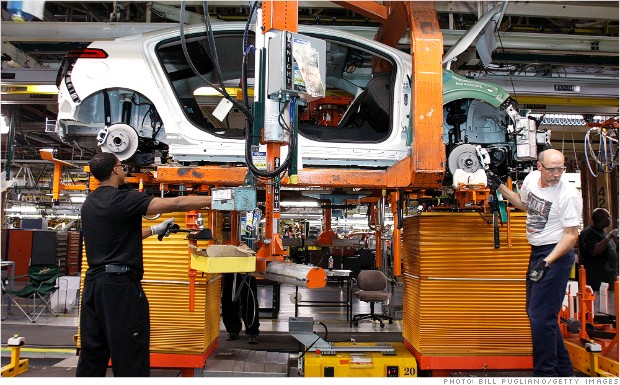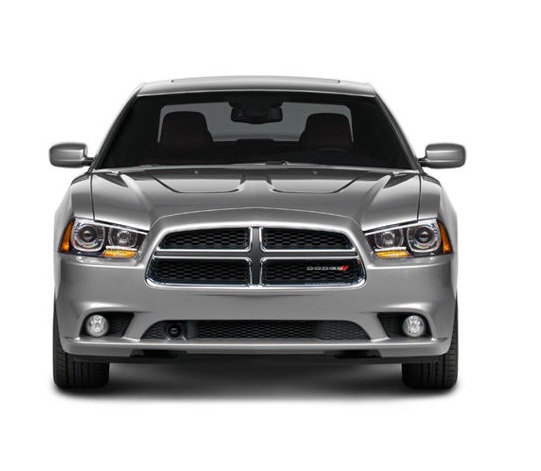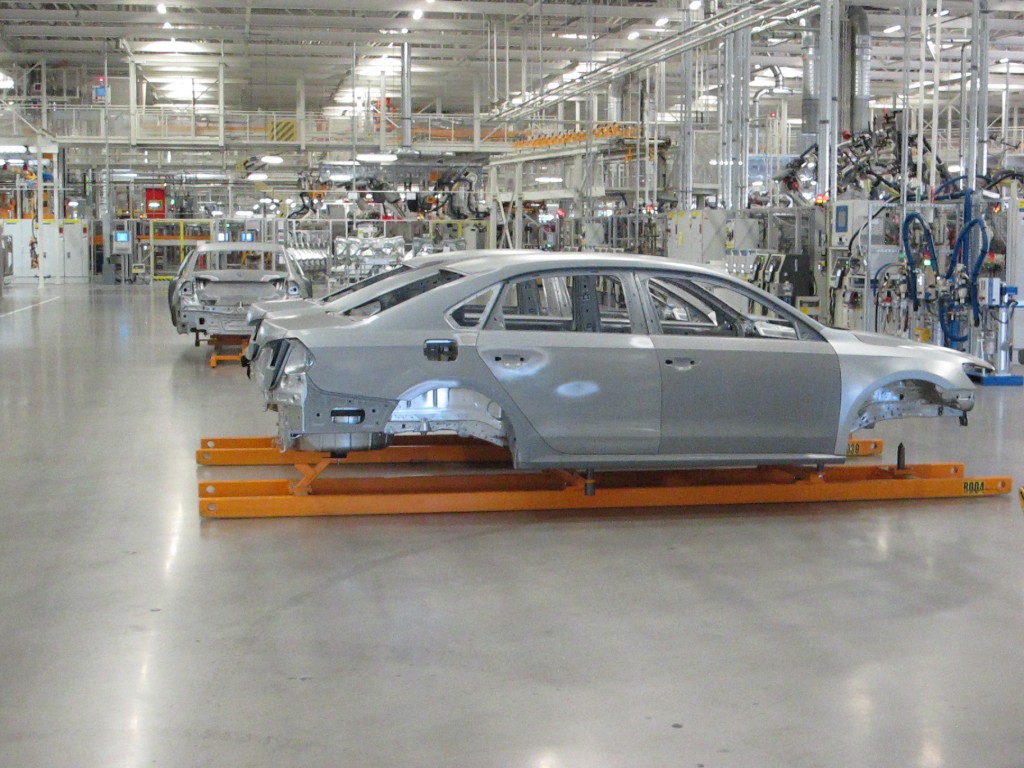Posted on 7/17/2013

Detroit was once a haven for prosperity and American-grown innovation thanks to its booming auto industry. But in 2008, this image changed as the “Big Three” auto manufacturers – General Motors, Chrysler and Ford – began to face catastrophic losses, known as the Detroit Auto Crisis. The Big Three, looking to earn high profit margins on their cars, focused their attention on SUVs and pickup trucks, cars with low fuel efficiency, which became unpopular as gas prices soared. Once gas prices tipped above $4 a gallon, gas-guzzling cars became totally undesirable, and the Big Three saw historic losses. High gas prices coupled with the stock market crash in September 2008 all but crippled the Big Three, particularly General Motors. In November 2008, General Motors’ Chief Executive pled before Congress for support. In December, the company was granted a $13.4 loan. Sales continued to plummet for the Big ... read more
Posted on 7/10/2013

Continuing with our made-in-the-USA theme, this list of the top 10 American made cars seems fitting right after the 4th of July. Buying American is still a point of pride for many consumers, and even though some American auto makes ended up with a relatively negative reputation, there's no doubt they're seeing surging positivity now. But what's American made? It would be very easy to confuse matters here as we live in a fully global economy where Hondas are built in Ohio and Chrysler is owned by Fiat—an Italian company. But the concept of a car being “Made in the U.S.A.” even if it was built, designed and engineered somewhere else still goes a long way with many Americans. So for this list we will be sticking to the very best from Ford, GM, Chrysler and all of their many subsidiary brands. Besides, your next new car may not be 100% “American Made” but that no lo ... read more
Posted on 7/2/2013

Back in 1984 when Bruce Springsteen scored one of his biggest hits with “Born in the U.S.A” things were a bit different in the auto industry. Most all Japanese and European cars were just that — built in Japan and in Europe. The Big Three built most of its cars at the time in the U.S.A with some sites in Canada and Mexico proving exceptions but not the rule. Being made in the USA was a source of pride. But then, with the weakening of the value of the U.S. dollar and currency fluctuations around the globe it became prudent business sense for Japanese and European automakers to start building cars on U.S. soil. Honda, which opened its first U.S. Accord plant in Marysville, Ohio in 1985 just last year built 81% of its cars in the United States and Canada with a similar percentage of U.S. sourced parts content. What all of this has meant are more jobs for U.S. workers as the mark ... read more